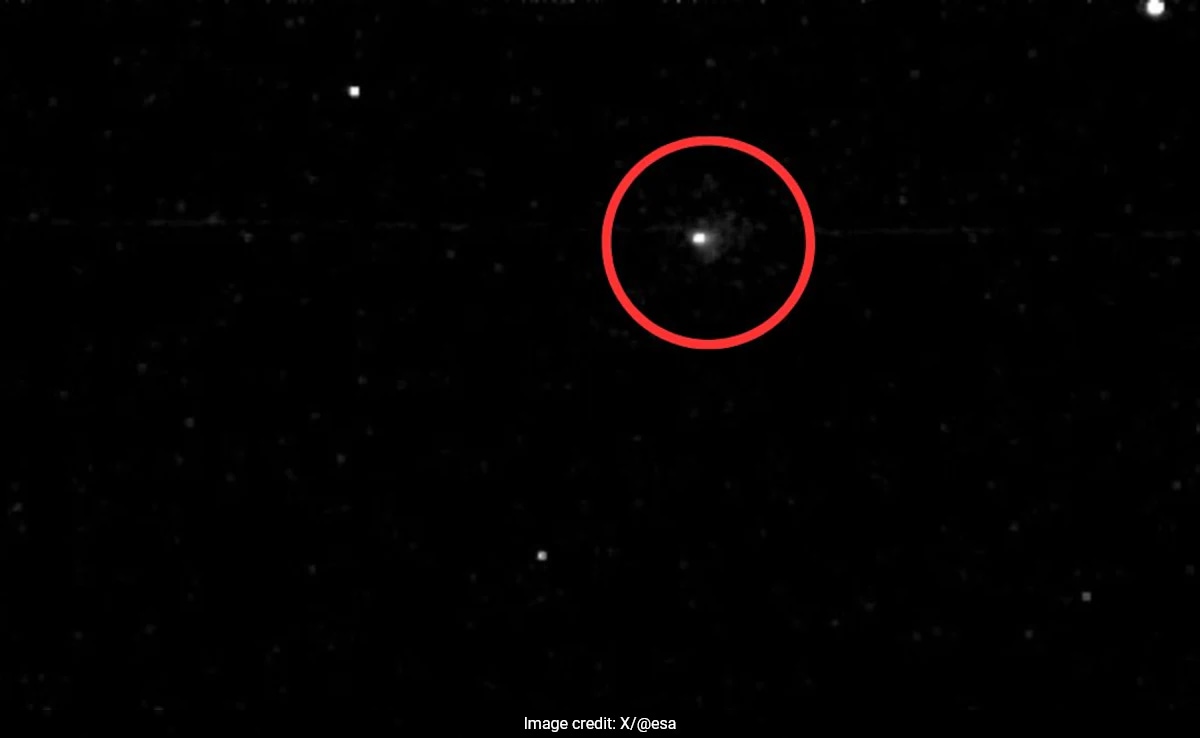Mars has once again become the center of astronomical excitement as interstellar comet 3I/ATLAS made a historic flyby past the Red Planet. For the first time, orbiters circling Mars, including the European Space Agency’s ExoMars Trace Gas Orbiter (TGO), captured a series of rare and vivid images of this interstellar traveler. The event marks a significant achievement in planetary science, giving researchers a unique chance to study a comet that originated outside our solar system.

The CaSSIS (Colour and Stereo Surface Imaging System) camera onboard ExoMars TGO played a crucial role in documenting this cosmic encounter. These images not only showcase the comet’s breathtaking journey past Mars but also open new doors for understanding how interstellar objects interact with planets in our solar neighborhood. Scientists can now analyze these high-resolution images to gain insights into the composition and trajectory of 3I/ATLAS, further unraveling the mysteries of our universe.
Why This Matters for Space Research
Capturing images of an interstellar comet from another planet’s orbit is incredibly rare. This breakthrough allows astronomers to observe and study phenomena that are otherwise impossible to witness from Earth alone. It paves the way for future missions and discoveries, helping us learn more about the origins and behavior of objects traveling between star systems.
















